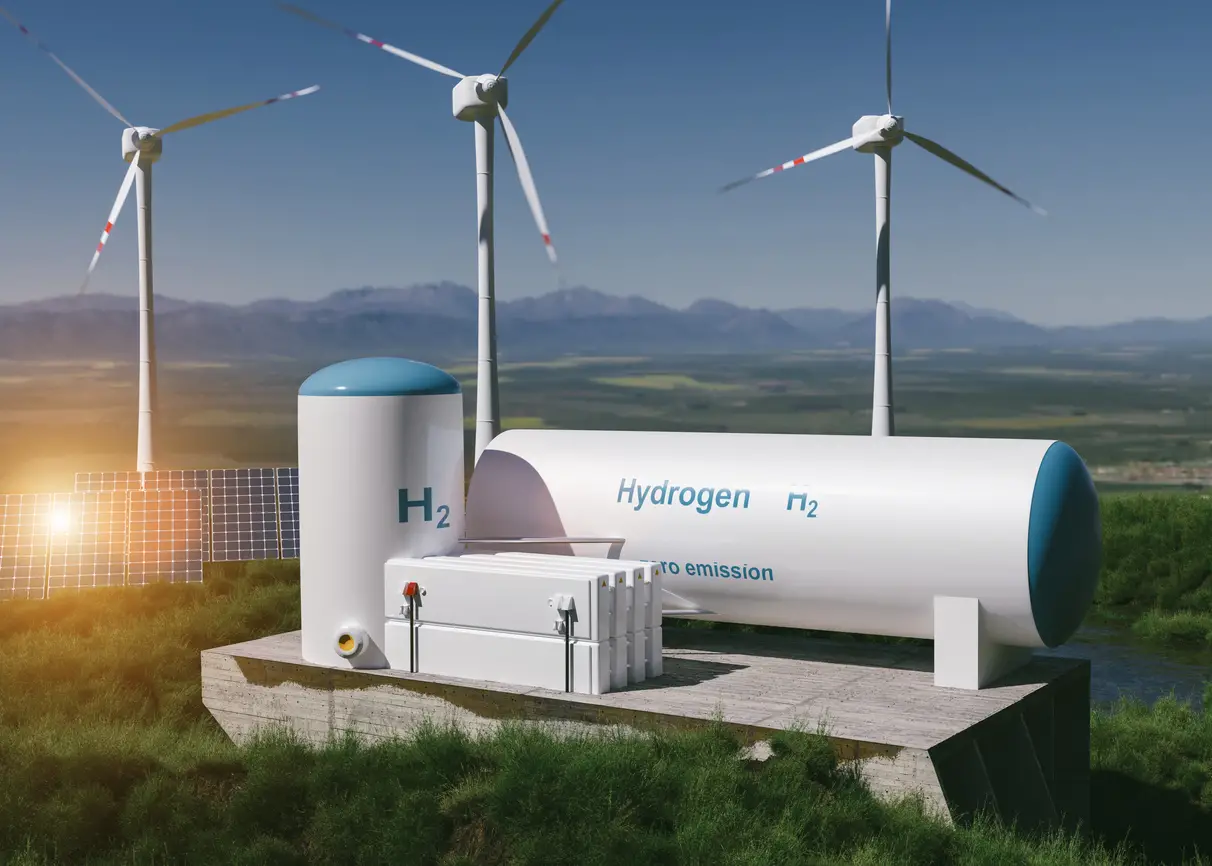A heat wave is a significant period of extremely hot weather that may also be very humid. Heat waves can be dangerous because they can lead to heat stroke, dehydration, and other heat-related illnesses. They can also cause power outages and disrupt transportation. In extreme cases, heat waves can lead to death.
Heat waves are more common in the summer months, but they can occur at any time of year. They are most common in desert regions but can also occur in other areas.

What are the top 10 hottest places on earth right now?
This summer, the northern hemisphere has been hit by heat waves that have broken all kinds of records. But while this heatwave is happening in places where temperatures don’t usually stay this high for so long, there are other places in the world where the air is very hot every summer day, it rarely rains, and/or there isn’t much relief. These places are unfriendly and hard to live in if they can be lived in at all. Here are ten of the world’s hottest places.
Death Valley, California
Death Valley is a desert valley in the eastern part of the United States. It is in the northern part of the Mojave Desert. It’s the driest place in North America, partly because it’s in the rain shadow of four mountain ranges, which stops rain from falling and plants from growing.
It is also one of the world’s hottest places, partly because the steep, high walls of the valley keep hot air on the valley floor instead of letting it escape. The temperature in Death Valley goes up as the sun warms the air.
The World Meteorological Organization (WMO) says that on July 10, 1913, in a village called Furnace Creek, where the headquarter of Death Valley National Park is, the air temperature was 134°F (57°C). Some meteorologists disagree with this measurement very strongly.
This is one of the hottest times on Earth that has ever been measured. Furnace Creek in Death Valley is also where the ground is the hottest in the world. On July 15, 1972, the temperature was 201.0 °F (93.9 °C). The air temperature in 2020 and 2022 was higher than in 1913, but the WMO has not yet confirmed these higher numbers.

Aziziya, Libya
On September 13, 1922, this small town 25 miles (41 km) southwest of Tripoli had a high temperature of 136oF (58oC). The World Meteorological Organization (WMO) investigated in 2012 and discovered that the measurement was off, destroying the previous record.
But Aziziya is still one of the hottest places on Earth because it often gets to 120oF (48oC) in the summer.

Ghadames, Libya
The record for the hottest temperature ever recorded in a populated area would likely revert to Libya, more specifically to the oasis town of Ghadames, which is located 287 miles (462 km) southwest of Tripoli, if Death Valley’s records were officially thrown out.
In July, the average temperature in Ghadames is 105oF (41oC). The summers are long and hot. The hottest temperature recorded in Ghadames is 131oF (55oC), the same as in Kebili, a Tunisian oasis known as one of the hottest places on Earth. Even though both of these records are disputed, partly because they may have been made with mistakes.
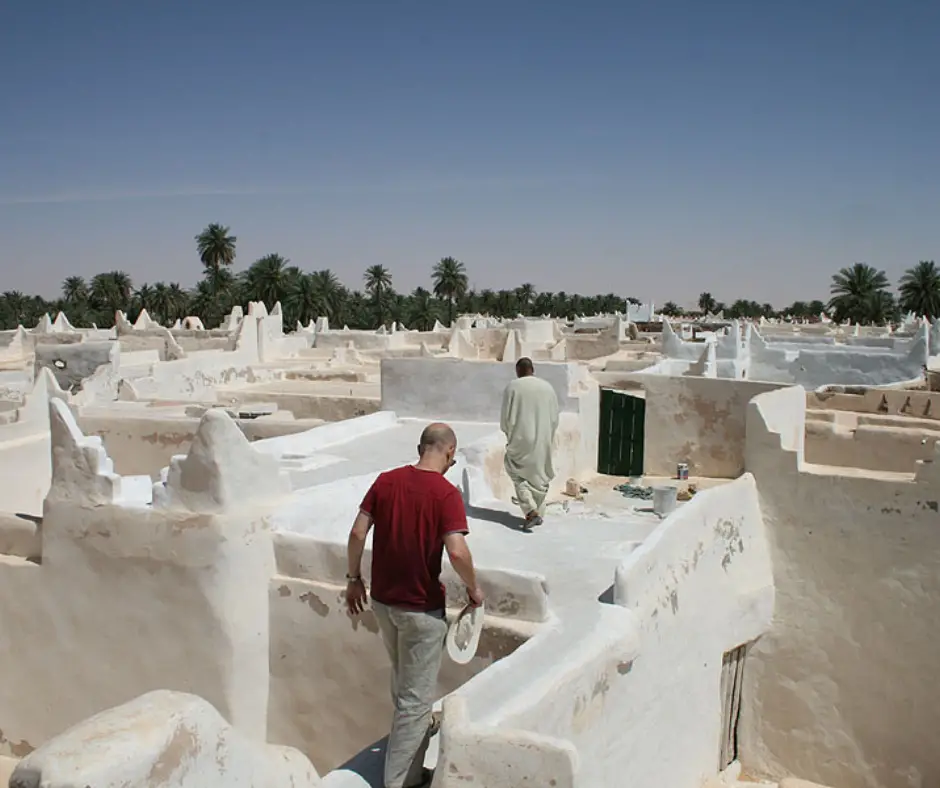
Dallol, Ethiopia
A volcanic crater called Dallol is 130 meters (430 feet) below sea level in Ethiopia’s northern part of the Afar Triangle. It is in the Danakil Depression. The hot springs in Dallol are known for the very salty and very acidic brine they put out.
There are sulfur ponds, salt deposits, small geysers, rimstone formations, and active springs and fumaroles that release noble gases into the air.
Overall, Dallol’s colorful landscape looks like something from another planet.
The hydrothermal system on land in Dallol is near a volcano with a cinder cone, which makes the area very hot. The average high temperature in the area is 105.4oF (41.2oC) per year, and in the hottest month, the temperature can reach 116oF (46.7oC).
Dallol is also the name of a place where miners lived near the hot springs. The village is now empty, but when people lived there from 1960 to 1966, it had the highest average temperature for a place where people lived: 94.3oF (34.6oC). Dallol is also where the air is the hottest on average all year.
The hottest it has ever been in Dallol was 121oF (49 °C).
In the 1960s, Dallol had the highest average temperature all year for a place where people lived. Today, that title probably goes to Mecca, Saudi Arabia. The average temperature for the whole year is 87.3oF (30°C). It can get as hot as 118.4oF (48°C) in the summer. The average temperatures in Jazan City, Saudi Arabia, are also very similar.

Cave of the Crystals, Mexico
This cave is 980 feet deep and is in the town of Naica in the Mexican state of Chihuahua (300 meters). It looks like an underground room with some of the biggest natural crystals ever found, like selenite crystals that are 10 meters long. The cave is also right on top of a magma intrusion, which makes it very hot and damp.
The cave hasn’t been explored much because the air inside is 136°F (58°C) and 90–99% humid. This makes it an unbearable hell where people without protection can’t stay for more than ten minutes.
Right now, you can’t get into the cave, but when you could, visitors and researchers had to wear a special suit to keep cool and a mask to help them breathe.
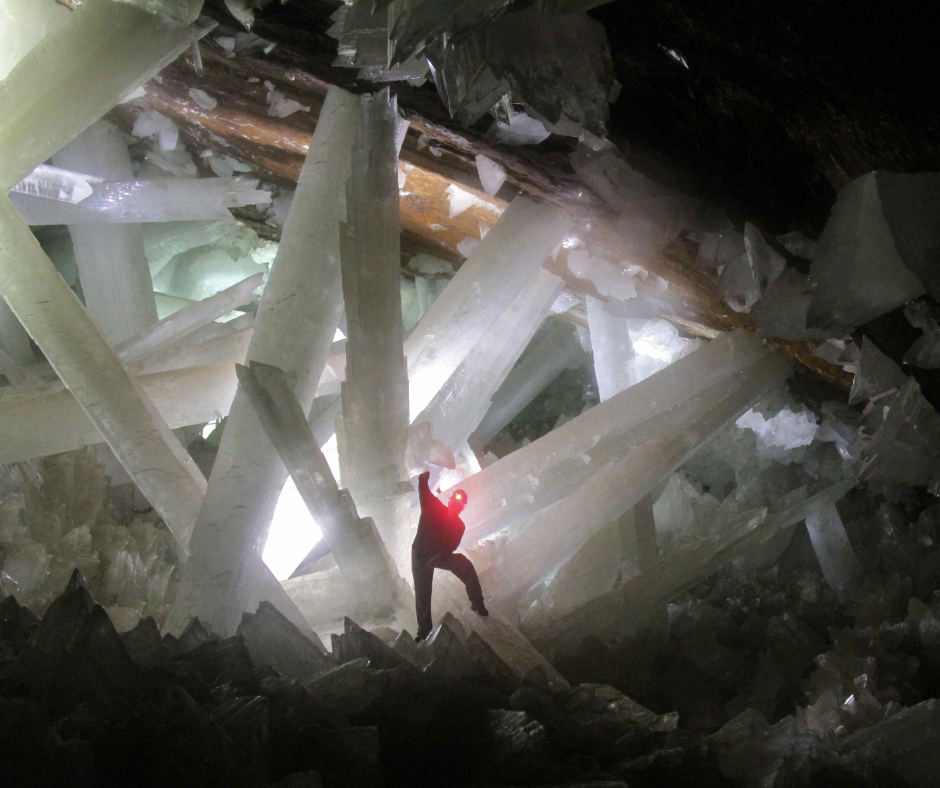
Araouane, Mali
A small village called Araouane is in the Sahara Desert in Mali. The western part of the Sahara Desert is there. It is a hot place on Earth.
Every year, from April to September, Araouane is hot, with average daily temperatures above 102°F (39°C) and highs around 115°F (46.6°C). June is the warmest month in Araouane, with an average high temperature of 107.6oF (42°C) and an average low temperature of 84.2oF (29°C).
The highest temperature ever recorded in Araouane was 130oF (54oC) in the summer of 1945. However, it has been said that these measurements were made with thermometers and shelters that would not be accepted today.
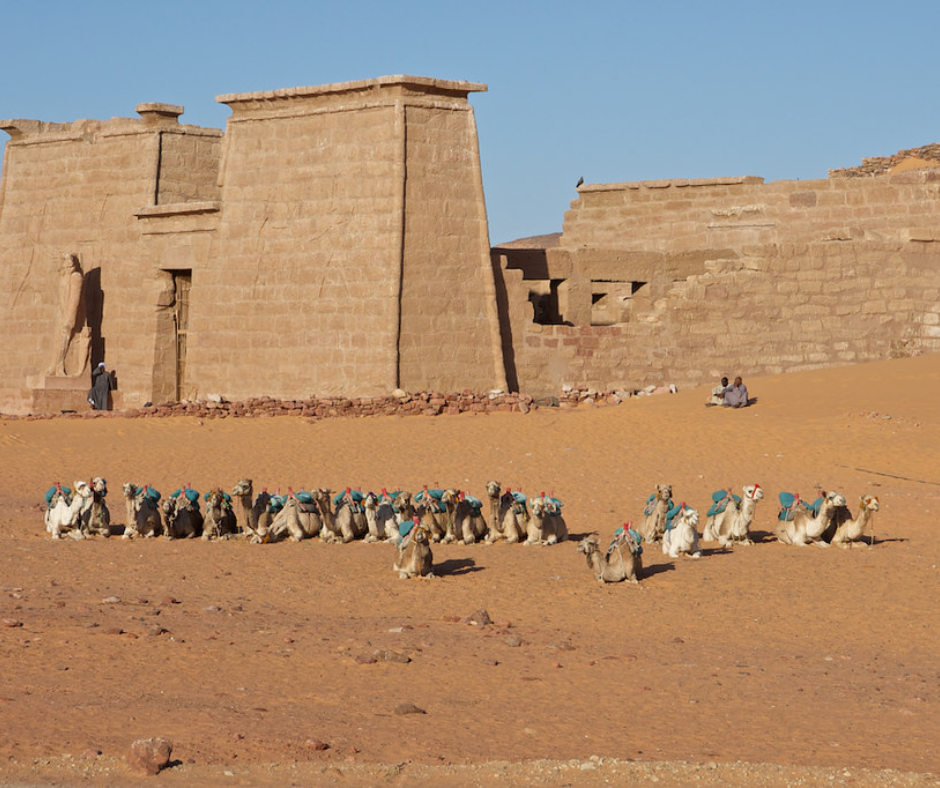
Timbuktu, Mali
Timbuktu is a city in Mali. It is always hot there. From April to the beginning of July, the hot season, the average daily high temperature is above 102.2oF (39°C). Timbuktu’s warmest month is June when the average high temperature is 105.8oF (41°C) and the average low temperature is 84.2oF (29°C).
During the cool season, which lasts from December to the beginning of February, the average high temperature each day is around 86°F (30°C) or lower. January is the coldest month in Timbuktu, with an average low temperature of 57.2oF (14°C) and an average high temperature of 82.4oF (28°C).
Timbuktu’s highest recorded temperature was 130oF (54.5oC), but this was done with thermometers and shelters that would not be used today.
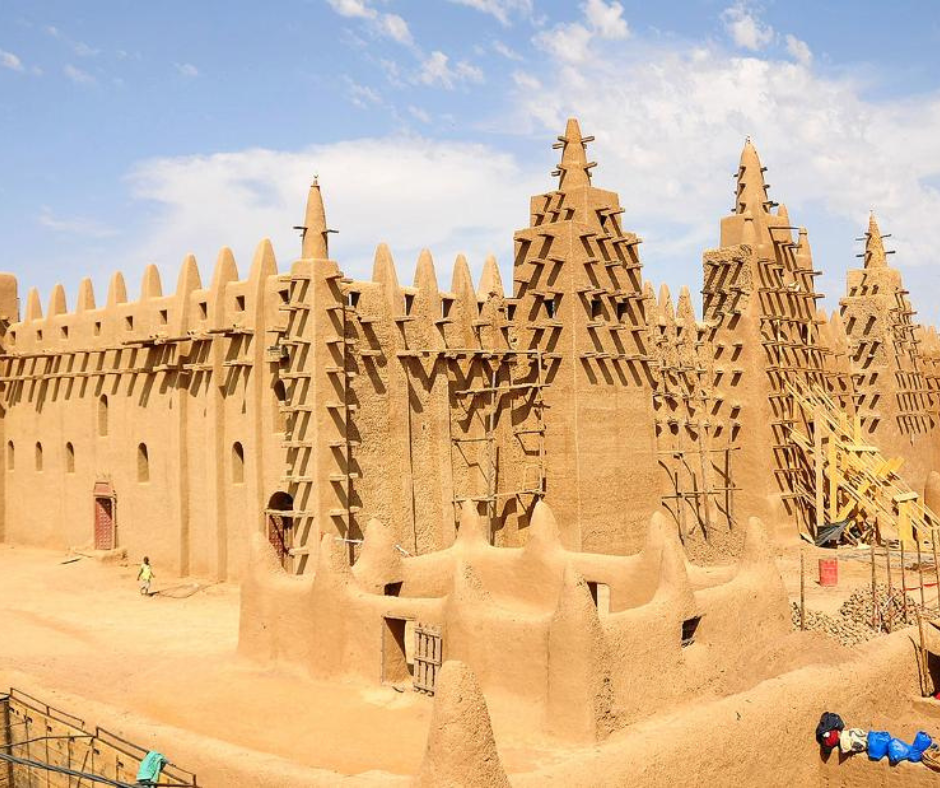
Tirat Zvi, Israel
Tirat Zvi is an agricultural town west of the Jordan River, close to the border between Israel and Jordan. It is 720 feet (220 meters) below sea level and on June 21, 1942, it had the hottest day ever recorded in Asia. Even though the accuracy of the measurement is questionable, the thermometer showed that day that it was 129oF (54oC).
Later, on July 21, 2016, a weather station in Mitribah, northwest Kuwait, and Ahvaz, Iran, on June 29, 2017, recorded temperatures very close to those of the first station.

Oodnadatta, Australia
Oodnadatta is a small, remote town in the outback of South Australia. It has the highest maximum temperature that has been reliably measured in Australia. The record was set on January 2, 1960, when it was 123.3oF (50.7oC).
The Global Weather and Climate Extremes Archive of the World Meteorological Organization say that the hottest temperature was recorded in the Southern Hemisphere in 1960. But the same temperature was also measured in Onslow, Western Australia, on January 13, 2022. Roebourne airport and Mardie also hit 122.9oF (50.5oC) at the same time as Onslow.

Lut Desert, Iran
The Dasht-e Lut, also called the Lut Desert, is an empty salt desert in Iran. In 2018, the temperature on the surface of the desert was 177.4°F (80.8°C), which may be a new record. The following year, a part of the Sonoran Desert along the border between Mexico and the United States seems to have reached the same high.
The Moderate-Resolution Imaging Spectroradiometer (MODIS) on NASA’s Aqua satellite measured these temperatures. MODIS’s resolution has improved thanks to new software so it can zoom in on very hot spots.
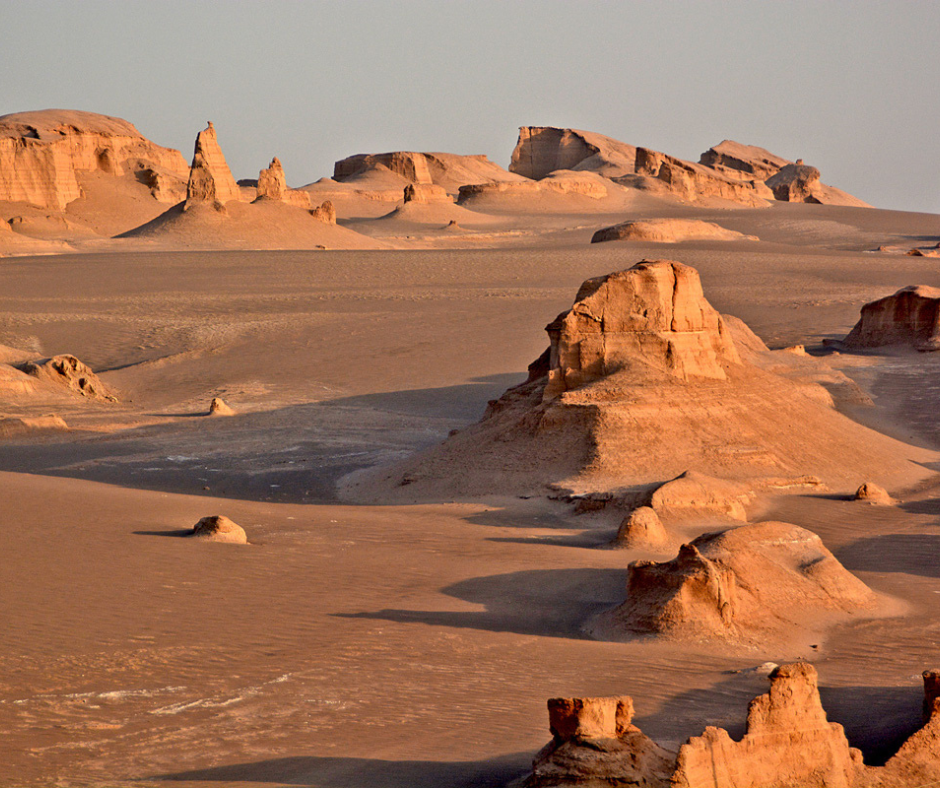
Even though the air temperatures are lower and the ground temperatures are only in a small area, the Lut Desert may now be the most inhospitable place on Earth. Its Persian name means “toasted wheat,” which comes from a local story about a load of wheat that was accidentally left in the desert and quickly burned by the heat.


